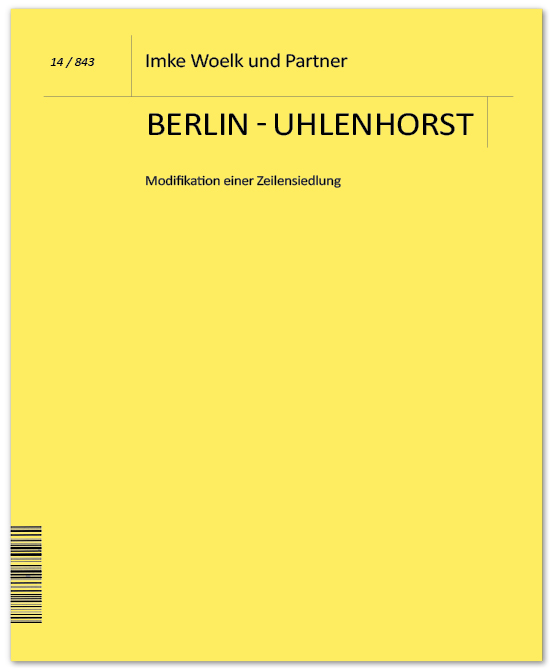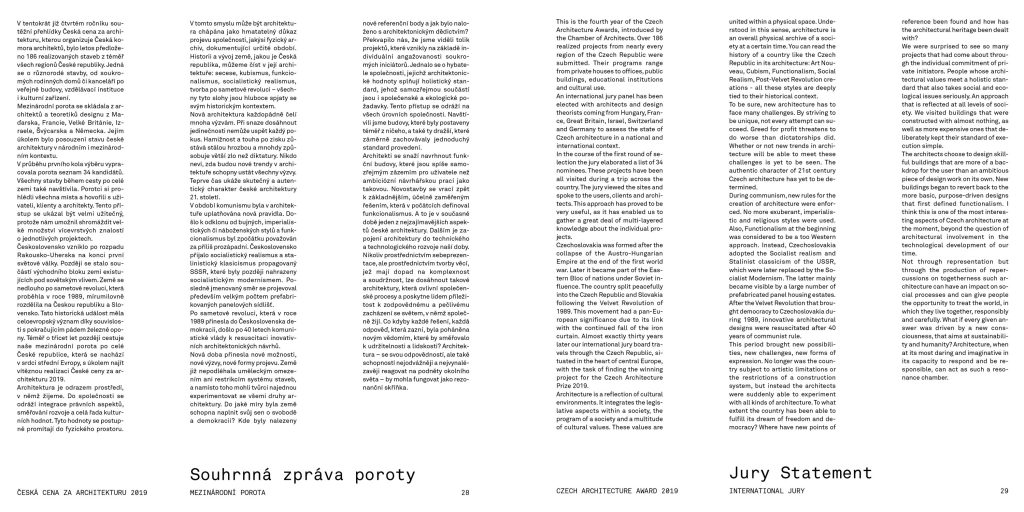
The study develops a sustainable space concept for a row settlement at the outskirts of Berlin. It proposes a concept of densification as a prototype that focuses on the aspects of ‘affordable housing’ and ‘new forms of living’. The housing estate with more than 20.000m2 is divided into several social units. Additional living and work areas as well as external common rooms and service areas are newly inserted. That way the row settlement receives infrastructural facilities, which allow the residents to work, to go to a shop, to have medical treatment and to recreate. The spaces for private and communal interaction are housed in the so-called “green row”, which is established between the existing housing stock. Many of the functions that usually take place in private homes (representation, recreation) now find their place here. The dependency on the possibilities of the own dwelling decreases and allows the minimisation of its size.
Contents:
1. Explanation of the forms of living in row housing typologies
2. Analysis of a possible modulation of the existing buildings
3. Concept of densification with preservation of the existing structure
4. Development of new additional housing and work typologies
5. Open space planning concept with integration of communal areas
6. Interim use and future potential for development in urban garden areas
7. Implementation strategies and reference examples

Addion of the builing row and installation of a “green row” with intesification of use
| Location | Berlin-Köpenick, Deutschland |
| Client | Senatsverwaltung für Stadtentwicklung und Umwelt, Berlin (Senate Administration for Urban Development and Environment) – Senatsbaudirektorin (Senate Building Director) Regula Lüscher |
| Team | Imke Woelk und Partner in collaboration with Prof. Martin Prominski, Landscape architecture, Hannover |
| Area | Study area: 22.000 m2 |
| Date | 2013/14 |

